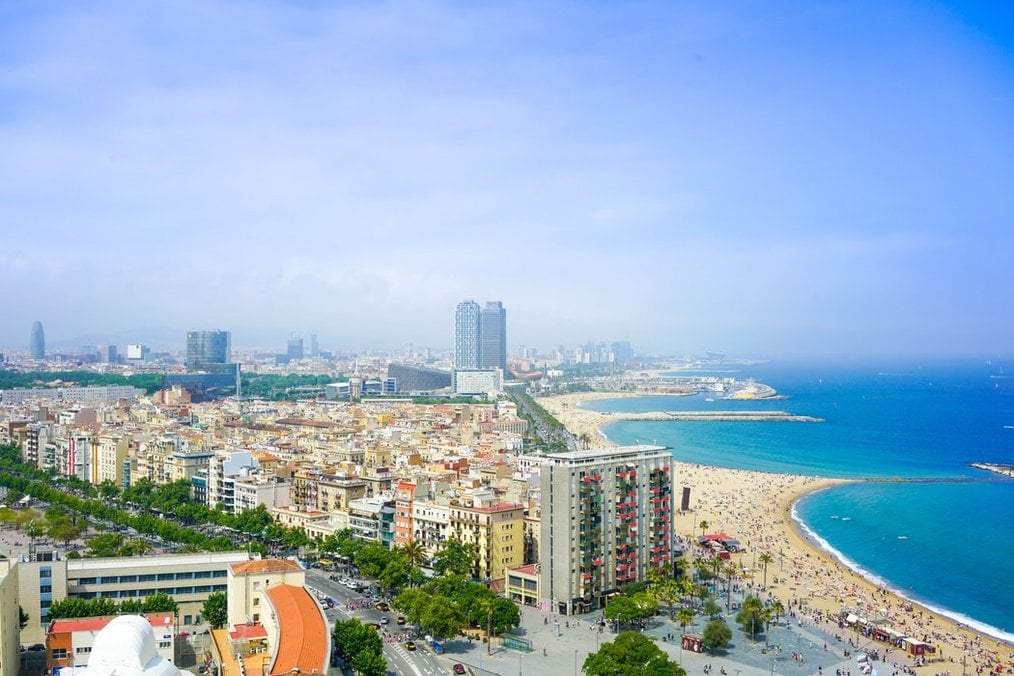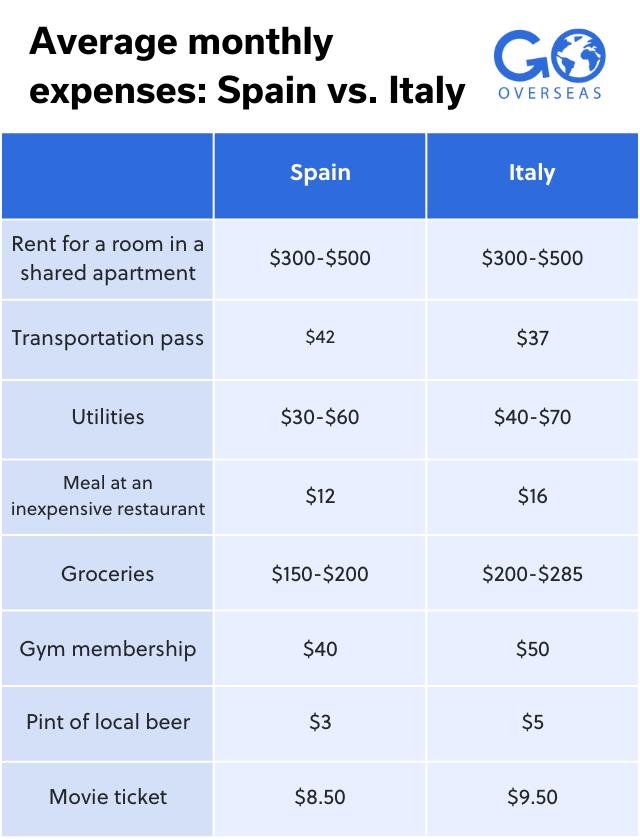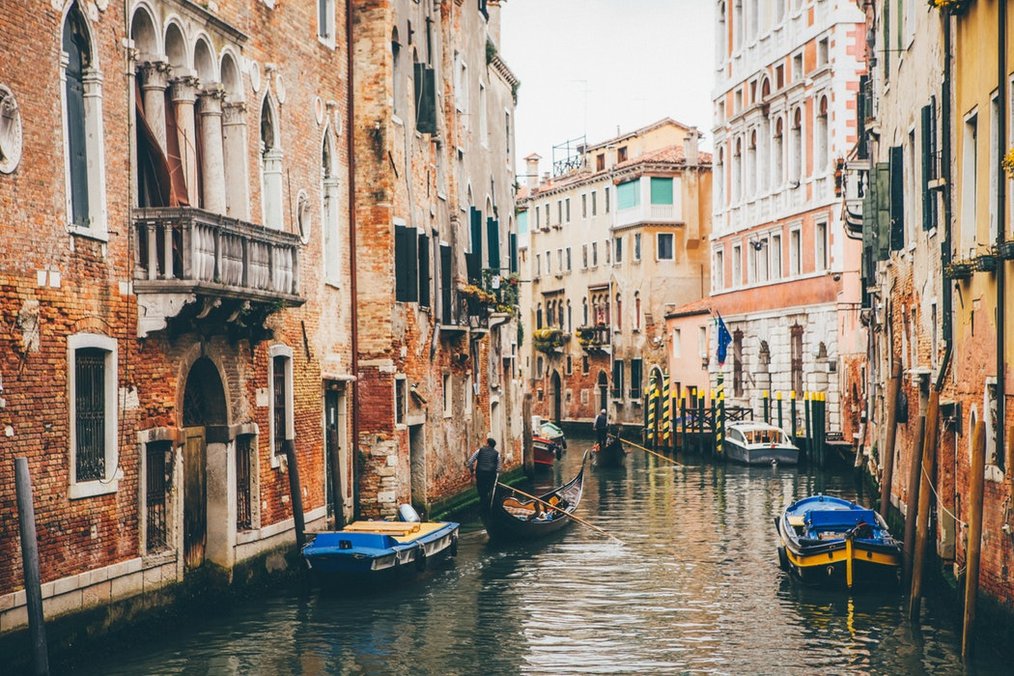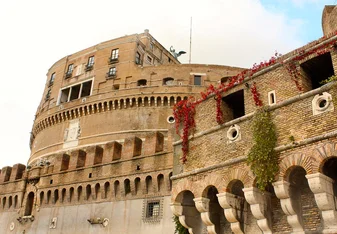
Where to Study Abroad: Spain vs. Italy
Spain and Italy are two popular study abroad options in the beautiful Mediterranean. Learn about what sets them apart and which of the two might be the perfect destination for you.
Key Takeaways 🔑
- While Spain and Italy have similar rent prices, the overall cost of living is slightly cheaper in Spain.
- Both countries are family-centric but some key cultural points set them apart from one another.
- Whether you choose Spain or Italy you'll be sure to enjoy a beautiful country, delicious food, and countless historical sites.

It’s no surprise you’ve narrowed down your study abroad search to two of Europe’s most iconic countries, both filled to the brim with culture and beauty. Italy and Spain are two of the most popular study abroad destinations for Americans – coming in just after the UK.
Both countries boast charming cities, renowned sites, scrumptious food, and fantastic weather. In Rome you’ll find the legendary Colosseum, voted one of the New 7 Wonders of the World, while in Granada you can explore the breathtaking Alhambra, also a top contender for the title. In fact, the two countries have the most UNESCO World Heritage sites in the world.
If you find yourself unable to choose between such magnificent nations, here are a few key things to consider.
Language learning

If you're planning to study abroad to work on your language skills, it shouldn't be too difficult to choose a destination. Want to learn Spanish? Study in Spain. Want to learn Italian? Study in Italy. Of course, it isn’t necessarily that simple. Each country has regions with different dialects, and this is something you should research further once you select your destination.
If you don't have much desire to learn a language, Italy offers more programs without language requirements. Most programs in Spain require some knowledge of Spanish or that you take a language class. Many also offer a more immersive experience, with regular classes offered in Spanish. In Italy, immersive study abroad programs are less common.
Even if you don't think the language aspect of your experience matters, give it some real thought. In the future, when you're out looking for a job, a degree of fluency in another language could give you a competitive edge.
Living in Italy vs. Spain

As to be expected, choosing one destination for your study abroad program means subscribing to an entire way of living. Overall, each country offers a different atmosphere, with varying attractions, activities, and conveniences. Cities with large numbers of tourists and international students will probably be easier to navigate, with more English speakers, but might not be to your liking if you're looking for a truly immersive language and cultural experience. However, it is possible to study abroad in both destinations in English, assuming a few different factors.
Each country has a lot to offer in the realms of history, culture, and cuisine. Check out the seat of the Roman Empire in Italy, or explore the influence of the Moors in Spain. If you’re a foodie, Italy never disappoints with endless offerings of pizza, pasta, and gelato. However, Spain might surprise your palate with specialties like paella, jamón serrano, and various fresh seafood dishes like pulpo a la gallega.
Hungry for more? Let's take a look at what each of these countries has to offer.
Cost of living
If you're especially budget-conscious, the cost of living – which tends to be higher in Italy than Spain – might be a factor in your decision. The following chart highlights the average monthly costs for each country. However, it's important to remember that the cost of living will depend on where you live. A small town in Italy could be cheaper to live in than Madrid or Barcelona.

Source: Numbeo.com
Travel and transportation
Local travel: For travel within Italy, trains are the best mode of transport. In Spain, buses are the cheapest option and there are extensive networks connecting destinations large and small across the county.
Travel abroad: For regional travel, Spain allows easy access to France, Andorra, Portugal, and Morocco. Italy offers proximity to France, Switzerland, Austria, and Slovakia, while ferries open up travel to Greece and other Mediterranean countries. Low-budget airlines allow for simple travel from both countries to all over the continent.
If you're looking to do extensive traveling, be sure to choose a location in a larger city with ready access to transport, such as an airport or major train or bus station. For air travel, the major hubs in Spain are Madrid, Barcelona, and Palma De Mallorca. In Italy, the top international airports are located in Rome, Milan, and Venice.
Location
Both countries offer study abroad opportunities in a range of locations both large and small. Which you choose will come down to the kind of experience you are looking for -- more intimate or fast-paced.
Capitals
Some might prefer the large capitals of Madrid and Rome, where a larger variety of places to shop and eat afford students more conveniences and comforts of home.
Rome hosts iconic sites like the Colosseum, Pantheon, and Vatican City, while Madrid offers the world-class Prado, Reina Sofia, and Thyssen museums and some of the liveliest nightlife in the world.
Suggested programs in Madrid:
Suggested programs in Rome:
Mid-size cities
Florence, Italy, and Granada and Salamanca, Spain, are medium-sized cities that host large student populations. Students give a boost to the nightlife scene in all three cities. Florence boasts must-see attractions like the Uffizi Gallery, the Duomo, the Ponte Vecchio, and Pitti Palace. What Granada lacks in quantity it makes up for in quality, with the incredible Alhambra towering above the city, surrounded by the Sierra Nevada mountains, and a bustling nightlife that includes scrumptious free tapas with each beverage.
Suggested programs in Spanish mid-size cities:
- CEA Study Abroad in Granada, Spain
- Experience Salamanca, Spain with API
- Study Abroad in Spain: Semester and Summer Programs with Adelante Abroad
Suggested programs in Italian mid-size cities:
Small towns
If you prefer the pace of life in smaller towns, you might appreciate Siena, Italy which offers a unique glimpse of Tuscany. In its historic center, a UNESCO World Heritage Site, you'll find where the famous Il Palio horse race is held each summer. In Spain, you'll be delighted by the southern region of Andalucia, where the living is easy, the weather is warm year-round, the people are friendly, and the beaches are plenty. Small towns in the north of Spain offer their own kind of charm with more temperate weather than in the south.
Suggested programs in Spanish small towns:
Suggested programs in Italian small towns:
Culture and Customs

Spain and Italy are culturally similar in many ways and they share a number of similar customs. Both countries have family-centric cultures, strong religious ties, and both are suffering from declining populations. You will gain a glimpse of a slightly more relaxed way of living in both countries, where the quality of life is valued over work, with most shops and businesses shutting down in the afternoons (siesta time!) and entire cities emptying out in the summer when locals flock to the coast for vacation. However, there are some differences.
In Italy, appearance and impressions are extremely important. “Bella figura” (“beautiful figure”) is a significant concept in Italian culture. It emphasizes the importance of presenting oneself well -- dressing well and acting confidently and appropriately. Despite the innate sense of drama in everyday Italian life, Italians do not like to look foolish, so it may be seen as a more formal culture.
In Spain, the culture and lifestyle are a bit more hedonistic. Fun and fiestas are the names of the game. During holidays and celebrations, Spaniards can be seen partying out in the streets until dawn. Parades, fireworks, and even bullfights take place during the festivities.
While Italy was once considered the center of Western culture -- giving the world some of the best thinkers, artists, and scientists -- its history as a country is still relatively new. Spain, on the other hand, has a long and arduous past as a nation. Different parts of the country are so distinct that regional identity tends to be stronger than national identity, evidenced most recently by the increasing enthusiasm and support for the secession of Catalonia (of which Barcelona is the capital) and País Vasco (the Basque Country) from Spain.
The bottom line

Which country you choose might come down to which one offers the best program for you – one that fits your focus of study, your interests, and your goals for your study abroad experience. While it's hard to condense both of these multi-dimensional and exciting countries down, we've tried to simplify things to aid your decision-making process.
Choose Spain if...
- You want to improve your Spanish skills or start learning
- You enjoy rice and legume dishes, meats like ham, and seafood (octopus!)
- You want a lively culture highlighted by flamenco music and dance, religious festivals, and strong regional identity
Top-rated programs in Spain
Choose Italy if...
- You are keen to practice your italiano with native speakers
- Pasta, pizza, and gelato are your reason for getting out of bed in the morning
- You want to experience a close, family-centric culture focused on the beauty of art, food, and nature
- You are set on seeing and studying the works of the great painters, sculptors, and architects where they originated
Top-rated programs in Italy
One more thing to consider: To get the most of your experience, you might want to get involved at a deeper level. Perhaps this means choosing a program or finding a location that offers volunteer or internship opportunities, or directly enrolling in a national university, as opposed to one that caters mostly to study abroad students.
Neither country is necessarily better than the other in this regard, but a little research may lead you to the right decision. Maybe you'll find something you can do alongside your studies, such as volunteering with abused and abandoned greyhounds in Spain or excavating ancient ruins in Italy.
Spain vs. Italy: it's a win-win!
Deep down, has your greatest desire always been to wander the canals of Venice or toss a coin into the Trevi Fountain? Or perhaps you're fascinated by Gaudí and dream of examining his work up close at the Sagrada Familia and Parc Güell. Would you rather spend your weekends relaxing on the beach in Spain or wandering museums in Italy? Are you curious about your Italian heritage, or do you feel like you were born to dance flamenco?
If you find yourself drawn more to one country than the other -- whether it's the language, culture, sites to see, things to do, or just a feeling -- then listen to your gut!
You aren’t going to regret your decision to study abroad. It’s unlikely you'll regret your choice of destination either. Once you get settled into your host country, you’re sure to have an amazing time. The key to getting the most out of your experience is to give it some thought, figure out your true purpose and priorities for studying abroad, and choose what will best fulfill those objectives.
The real tough part? Returning home!












